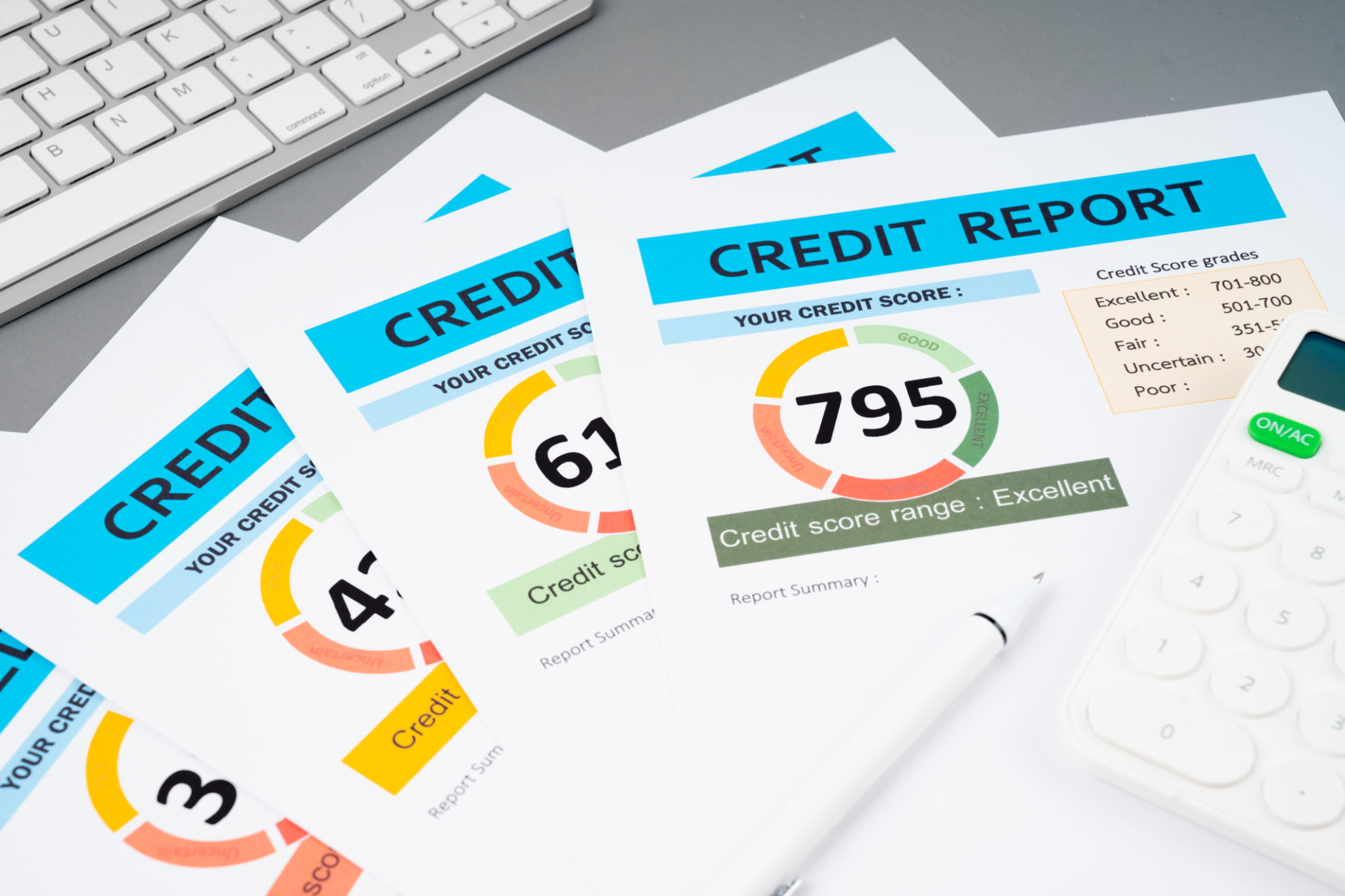DIY Credit Repair: Steps You Can Take Today
Understanding Your Credit Report
Before diving into credit repair, it's crucial to understand your credit report. This document contains a detailed history of your credit activities and financial behavior. You can obtain a free copy of your credit report from each of the three major credit bureaus—Equifax, Experian, and TransUnion—once a year through AnnualCreditReport.com. Analyzing these reports will give you a comprehensive view of where you stand financially.
Once you have your credit reports, review them thoroughly for any errors or discrepancies. Mistakes can range from incorrect personal information to inaccurate account details. Identifying these errors is the first step toward improving your credit score.

Identifying and Disputing Errors
If you find any inaccuracies in your credit report, it’s important to dispute them immediately. Start by noting each error and gather any supporting documentation that proves the mistake. You can then contact the credit bureau that issued the report to file a dispute. Most bureaus allow you to file disputes online, making the process faster and more efficient.
When submitting a dispute, provide a clear explanation of the error and attach copies of any relevant documents. The credit bureau is required to investigate your claim, typically within 30 days. If the dispute is resolved in your favor, the bureau will correct the error and notify you of the changes.
Paying Down Existing Debt
One of the most effective ways to improve your credit score is by reducing your debt. Start by listing all outstanding debts, including credit cards, loans, and other liabilities. Prioritize paying down debts with the highest interest rates first, as these can quickly accumulate and become more challenging to manage.

Consider employing strategies such as the debt snowball or debt avalanche method to systematically reduce your balances. By consistently making payments on time and reducing your overall debt, you'll gradually see an improvement in your credit score.
Building a Positive Credit History
In addition to addressing errors and paying down debt, building a positive credit history is essential for long-term credit health. One way to achieve this is by maintaining a low credit utilization ratio, which means using less than 30% of your available credit limit.
Additionally, consider adding positive information to your credit report by becoming an authorized user on a responsible person's account or applying for a secured credit card. Both options can help you build a history of on-time payments and responsible credit use.

Monitoring Your Progress
Regularly monitoring your credit score is crucial to understanding how your efforts are impacting your financial standing. Utilize free resources or subscribe to a credit monitoring service to track your progress over time. These tools can alert you to any significant changes or new inquiries on your report.
Remember that improving your credit score is a gradual process that requires patience and persistence. By taking proactive steps and staying informed, you can achieve significant improvements in your financial health over time.
